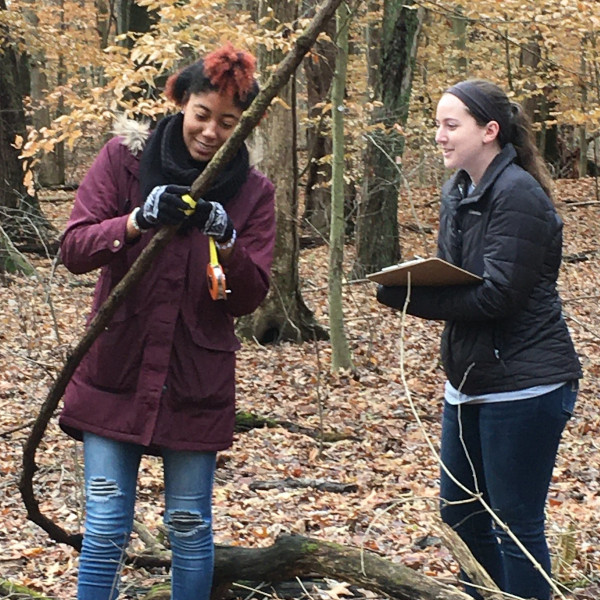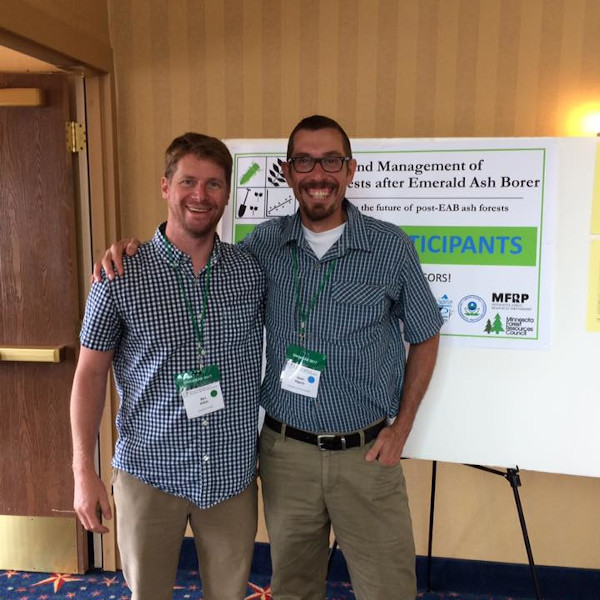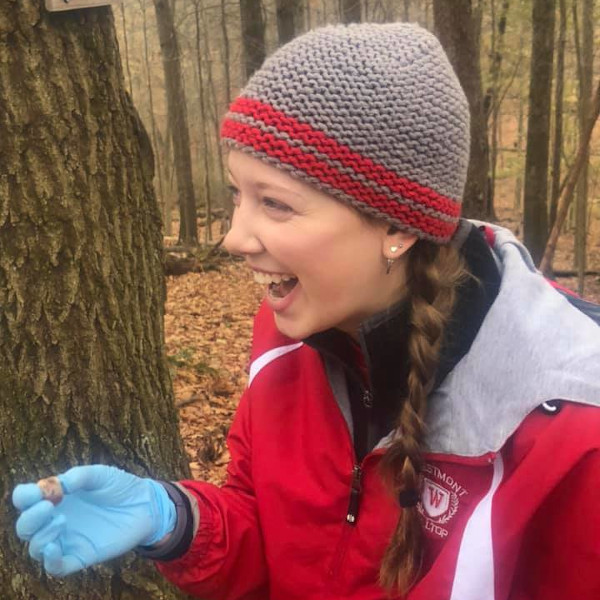How can Ecology RESEARCH be EDUCATION?

Why We Use Research as Education

We Are Researchers Advancing Ecological Science

Collaborative Research Opens Doors and Careers
With support from the NSF, the Ecological Research as Education Network (EREN) and the National Ecological Observatory Network (NEON) have teamed up to create a set of course-based undergraduate research experiences in ecology. Each of these projects will combine hands-on data collection, which can be completed on campus or remotely, with analysis of continental-scale public datasets. Instructors can help students discover small-scale patterns in their local datasets and then scale up with comparisons to student data at other sites and/or NEON datasets. Materials for instructors and students will be easy to follow, allowing participation by those with no prior experience with the topic. Training webinars will be hosted for these projects and recordings made available for those that cannot attend in person.
The EREN-NEON team is preparing four projects, which will be available for fall 2020 courses and are described below. Additionally, a new-project incubator is established to support the development of additional projects with guidance and a stipend extended to those with successful applications. The call for proposals to the incubator program will open on August 7. An optional Faculty Mentoring Network hosted by QUBES (Quantitative Undergraduate Biology Education and Synthesis) will be created to support faculty applying one of the four projects described below in their classrooms.
Project Descriptions
Backyard Beetles + Pollinators, led by Dr. Kaitlin Stack Whitney. Students observe insect pollinators in their backyards, or campus, or nearby natural areas to describe plant-pollinator networks and assess how the assemblages from their sites compare to those in a range of landscapes. Ground beetles, some of which are critical and understudied plant pollinators, are of particular interest. Students will learn how and why NEON samples ground beetles, develop an appreciation of the ecosystem services provided by these often overlooked arthropods and have the option to set up their own NEON-style pitfall trap using common household materials. Students will develop an appreciation of the ecosystem services provided by these often overlooked arthropods and how the assemblages of pollinators from their sites relate to the broader North American landscape. This project can be the subject of a course laboratory activity lasting between 2 and 4 weeks. Training webinar scheduled August 10, 3 PM EST. Materials will be available for course support by August 21 at the link here.
Plants in the Human-Altered Environment, led by Dr. Jason Kilgore and Dr. Karen Kuers. Woody plants provide an amazing variety of services to other organisms, including humans, many of which are overlooked in the human-altered environment. This project brings students face-to-face with the plants that share their neighborhoods or campuses. Students will use online resources to identify and classify their plot, and will then establish plots and measure the abundance, biomass, diversity, and ecosystem services provided by plants as a function of the intensity of landscape alteration. They will also relate these data to nation-wide datasets on plants within the human-altered environment. This project can be implemented across a range of environments, used by independent students or groups of students, and lasts from 2 to 4 laboratory sessions. An introductory training webinar is scheduled for August 11, 3 PM EST. Materials will be available for course support by August 21 at the link here.
Mosquito Surveys along Anthropogenic Impact Gradients, led by Dr. Allison Parker. This project explores the role of human land use and other environmental factors that affect native and invasive mosquito species distributions and the diseases that they can vector. Students can collect data on campus or from their homes by collecting water in containers and monitoring them for mosquito eggs and larvae. Publically available nation-wide data on mosquito abundances will be examined relative to a variety of environmental variables and related back to data collected by students. This project can be the subject of a course laboratory activity lasting between 2 and 4 weeks. Training webinar scheduled August 12, 3 PM EST. Materials will be available for course support by August 21 at the link here.
Lichens in Diverse Landscapes, led by Dr. Danielle Garneau, Dr. Matthew Heard, and Dr. Mary Beth Kolozsvary. Lichens are well-known sentinels of problems with air quality. This project makes use of publicly-available datasets on lichen presence and abundance and wet deposition, paired with geospatial data on air quality, tree canopy cover, and locally collected field data, to better understand how lichens respond to anthropogenic environmental pressures. Lichens will be related to environmental variables at a variety of spatial scales, from tree bark substrates to regional patterns of air quality. Students and instructors will explore and gain experience with GIS, NEON data, statistical analyses, and field data collection as part of this project. This project can be the subject of a course laboratory activity lasting between 1 and 3 weeks. Training webinar scheduled August 13, 10:30 AM EST. Materials will be available for course support by August 21 at the link here.
